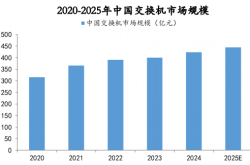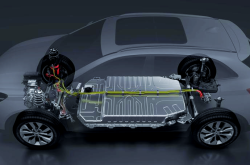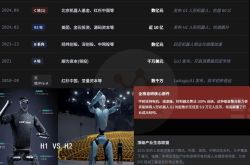China ranks first globally in both production and sales of new energy vehicles, with intelligent driving and autonomous driving emerging as new growth points.
![]() 09/11 2025
09/11 2025
![]() 438
438
Introduction
On September 9th, a press conference held by the State Council Information Office unveiled a set of impressive data: In 2024, China's production of new energy vehicles exceeded 13 million units, maintaining its global leadership for the 10th consecutive year. Total vehicle consumption reached 2 trillion yuan, with pure electric passenger vehicles averaging 474 kilometers in range. The cost of power batteries decreased by 30%, their lifespan increased by 40%, and charging speeds tripled.
In short, China has transformed 'iron batteries' into 'liquid gold' and turned 'range anxiety' into a thing of the past.
However, the real surprise lies in the backseat – intelligent driving and autonomous driving are emerging from PowerPoint presentations to become the next cash cows.
While foreigners are still debating L3 regulations, we have already made L2+ technology a standard feature in vehicles priced at the 100,000-yuan level.
While Tesla is still selling the dream of Full Self-Driving (FSD) in North America, 800 functional autonomous vehicles in Shenzhen have already achieved a cost threshold of 0.49 yuan/km.
After a decade of championship, this is just a warm-up. Now, we aim to turn the 'steering wheel' into an export sensation, making global consumers pay for China's intelligent driving technologies.
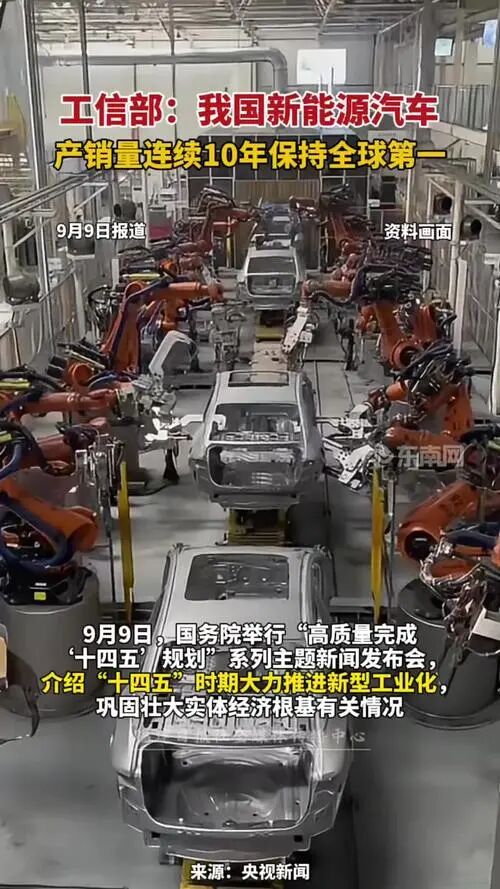
I. Retrospective on Decade-Long Championship: How to Nurture a '2 Trillion Yuan Behemoth' from a 'Subsidized Infant'
The history of China's new energy vehicle development reads like a thrilling short drama, full of surprises!
1. Timeline
Early in this century, the country proposed the vigorous development of new energy vehicles.
New energy vehicles have become a new track for China's automotive industry to 'overtake on a curve'.
In 2014, national subsidies were introduced, followed by a subsidy phase-out in 2018, marking the first wave of new energy vehicle development.
In 2020, the localization of the Model 3 acted as a catalyst, stimulating the transformation and upgrading of new energy vehicles.
In 2022, BYD broke through the monthly sales ceiling of 200,000 units, ushering in a mini boom for new energy vehicle sales.
In 2024, the production of 13 million new energy vehicles concluded, with an average annual compound growth rate of 38%.
2. Financial Perspective
Without financial investment, new energy vehicles would be like water without a source.
Local fiscal investments and social capital have poured in, injecting strong vitality into the development of new energy vehicles.
Over the years, cumulative national and local subsidies for new energy vehicles have exceeded 200 billion yuan, driving 2 trillion yuan in vehicle consumption and 4.5 trillion yuan in upstream and downstream industrial output. The fiscal multiplier effect reached 22.5 times, even more exaggerated than the real estate industry chain.
3. Technological Perspective
New energy vehicle technologies are evolving rapidly, with China becoming the origin of many technological innovations.
In 2014, the average range was 150km with a cost of 3 yuan/Wh.
By 2024, it had increased to 474km with a cost of 0.6 yuan/Wh, enabling 500km of range with 15 minutes of 5C charging. Technologies like CATL's Qilin battery, BYD's Blade battery, and Huawei's Gigawatt battery are competing fiercely.
In summary: First, use subsidies to stack up the 'volume', then use the market to drive down the 'price', and finally rely on technology to elevate the 'quality'. These three strategies have propelled China to the top globally.
II. Intelligent Driving: From 'Premium Showcase' to 'Standard Feature in 100,000-Yuan Vehicles', China Makes L2+ Affordable
By 2025, intelligent driving will be fully popularize (popularized), and autonomous driving will accelerate its implementation.
1. Price Disruption
In 2024, vehicles priced at the 100,000-yuan level began to come standard with L2 (ACC+LKA), 150,000-yuan vehicles offer sufficient highway NOA, and 200,000-yuan vehicles compete in urban NOA.
In comparison, European vehicles with the same configurations are priced 30% higher.
2. Data Disruption
Huawei ADS has accumulated 420 million kilometers, XPENG NGP 380 million kilometers, and Li Auto NOA 320 million kilometers, with an additional 10 million kilometers added daily, equivalent to circling the Earth 250 times.
3. Chip Disruption
Domestic solutions like Horizon Robotics' Journey 5, Huawei's MDC810, and Black Sesame's A1000 have halved the price of Orin chips, offering over 100 TOPS of computing power for just 2,000 yuan. NVIDIA exclaims, 'Intense competition knows no bounds.'
In short: While foreigners are still discussing L3 regulations, we have made L2+ technology a 'driver included with purchase' and written 'intelligent driving equality' into the manuals of 100,000-yuan vehicles.
III. Autonomous Driving: When the 'Steering Wheel' Becomes Optional, China Turns 'Autonomy' into an Export Sensation
1. Functional Autonomous Vehicles
In Shenzhen, 800 autonomous vehicles operate across 16 inter-district trunk lines and 760 routes, reducing delivery costs by 23% and increasing efficiency by 70%, achieving a global lowest cost of 0.49 yuan/km.
2. Autonomous Taxis (Robotaxi):
Beijing, Shanghai, Shenzhen, and Guangzhou have simultaneously opened 'true driverless' paid services. Baidu Apollo Go has exceeded 14 million orders, ranking first globally.
Pony.ai and WeRide's autonomous taxis are also rapidly developing.
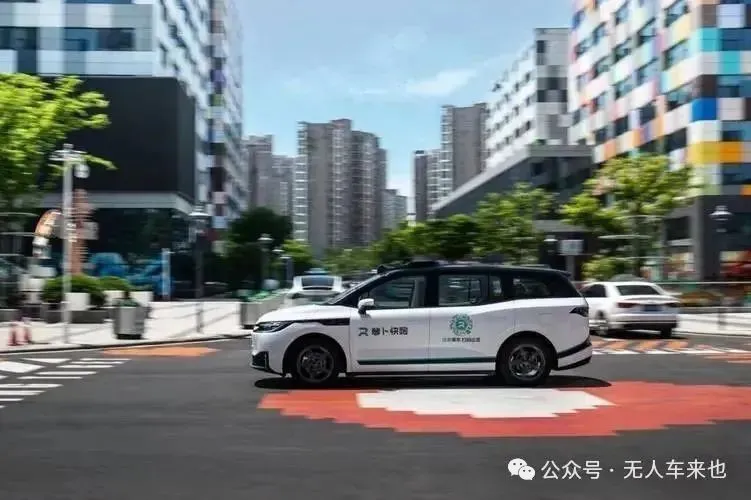
3. Export Sensation:
Baidu's Apollo Go autonomous taxis have begun operations in Hong Kong and the Middle East.
Pony.ai has obtained licenses in the UAE, Saudi Arabia, and Luxembourg. WeRide has partnered with Uber to enter 15 cities, and Zeekr's mass-produced vehicles for Waymo have rolled off the assembly line. China is exporting 'complete vehicles + algorithms + operations', selling not just cars but 'mobile algorithm boxes'.
China's exports of L4 autonomous driving technologies have reached a new high of 830 million US dollars, tripling year-on-year. The steering wheel is becoming China's new 'luxury export'.
IV. Case Study: The Economics of Autonomous Vehicles on a Shenzhen Night Market Street
At 1 AM, Shenzhen's Futian Shuiwei Village remains ablaze with neon lights.
Traditional model: 2 riders, 1 van, 80 yuan in fuel, 2-hour round trip, delivering 150 late-night snacks.
Autonomous model: 2 Neolix X6 vehicles, 1 safety officer, 8 yuan in electricity, 90-minute round trip, delivering 260 late-night snacks.
Economics: Cost reduced by 40%, fulfillment rate increased by 25%, community noise complaints decreased by 35%, and urban management praises 'no congestion, no noise'.
This is the 'cash cow' logic behind 800 autonomous vehicles – replacing 'humans + fuel + vehicles' with 'vehicles + electricity + algorithms', turning every delivery into a positive ROI.
V. Future Outlook: 2025-2030, 'Intelligent Driving + Autonomy' Will Replicate the New Energy Triumph
By 2025, urban NOA will be standard in vehicles priced at 150,000 yuan, L4 autonomous vehicle costs will drop to 0.35 yuan/km, and penetration rates will exceed 1%.
By 2027, autonomous taxis will operate in 100 cities, with each vehicle averaging over 50 orders per day, and the operational side will start generating profits, marking the industry's 'iPhone 4 moment'.
By 2030, China's intelligent driving chip shipments will exceed 10 million units, autonomous driving export volumes will aim for 10 billion US dollars, the steering wheel will become an 'optional accessory', and global consumers will pay for China's algorithms.
In short: While it took new energy vehicles a decade to make engines an 'optional feature', intelligent driving and autonomous technologies will do the same for steering wheels within five years, and export prices will be 30% higher than domestic prices.
After a decade of consecutive championships, China's new energy vehicles have made 'three electric systems' affordable. Now, it's time for 'intelligent driving' and 'autonomy' to take the stage.
When range, cost, and fast charging reach their limits, intelligent driving becomes the new 'growth flywheel'.
When the cost of L4 autonomous vehicles drops below 0.5 yuan/km, the steering wheel becomes a 'detachable luxury'.
In conclusion, the 'Autonomous Vehicles Are Coming' (WeChat public account: Autonomous Vehicles Are Coming) believes:
The world's largest new energy vehicle market is nurturing the world's largest intelligent driving export business – this time, we're not just selling batteries but algorithms, data, and the 'future of autonomous vehicles'.
The steering wheel says: 'I don't want to be held by humans anymore. Please pack me up and ship me worldwide. Thank you.'
What do you think, dear?
#AutonomousVehiclesAreComing #AutonomousDriving #SelfDriving #DriverlessVehicles #Henan

